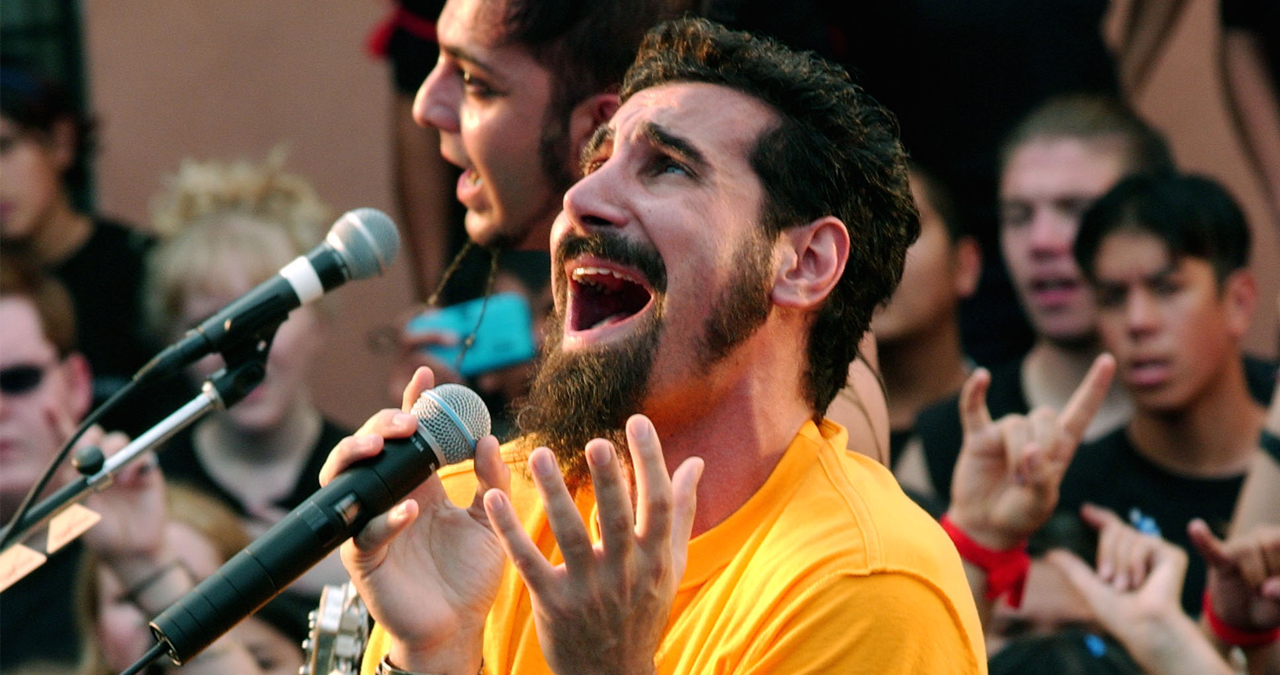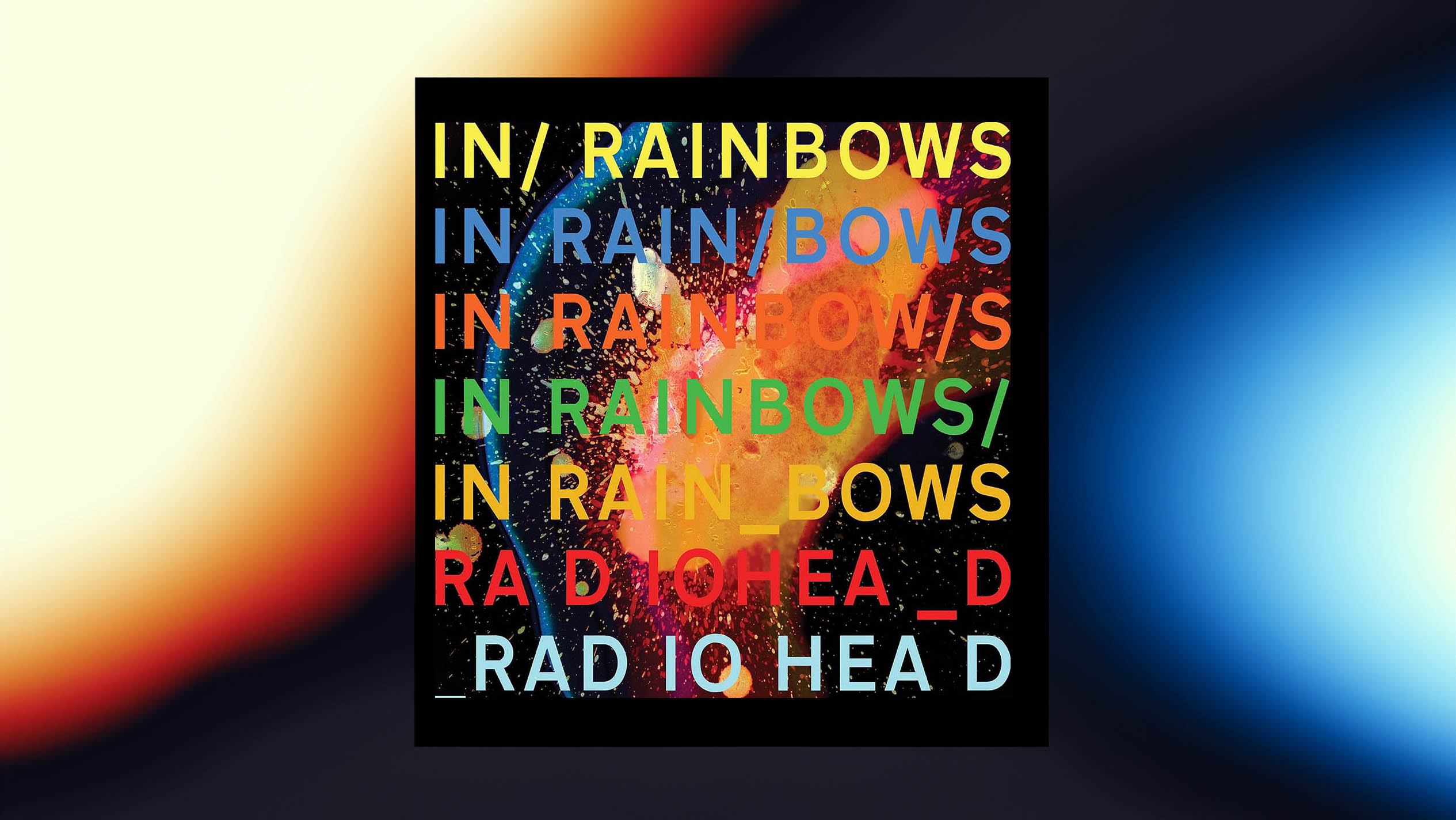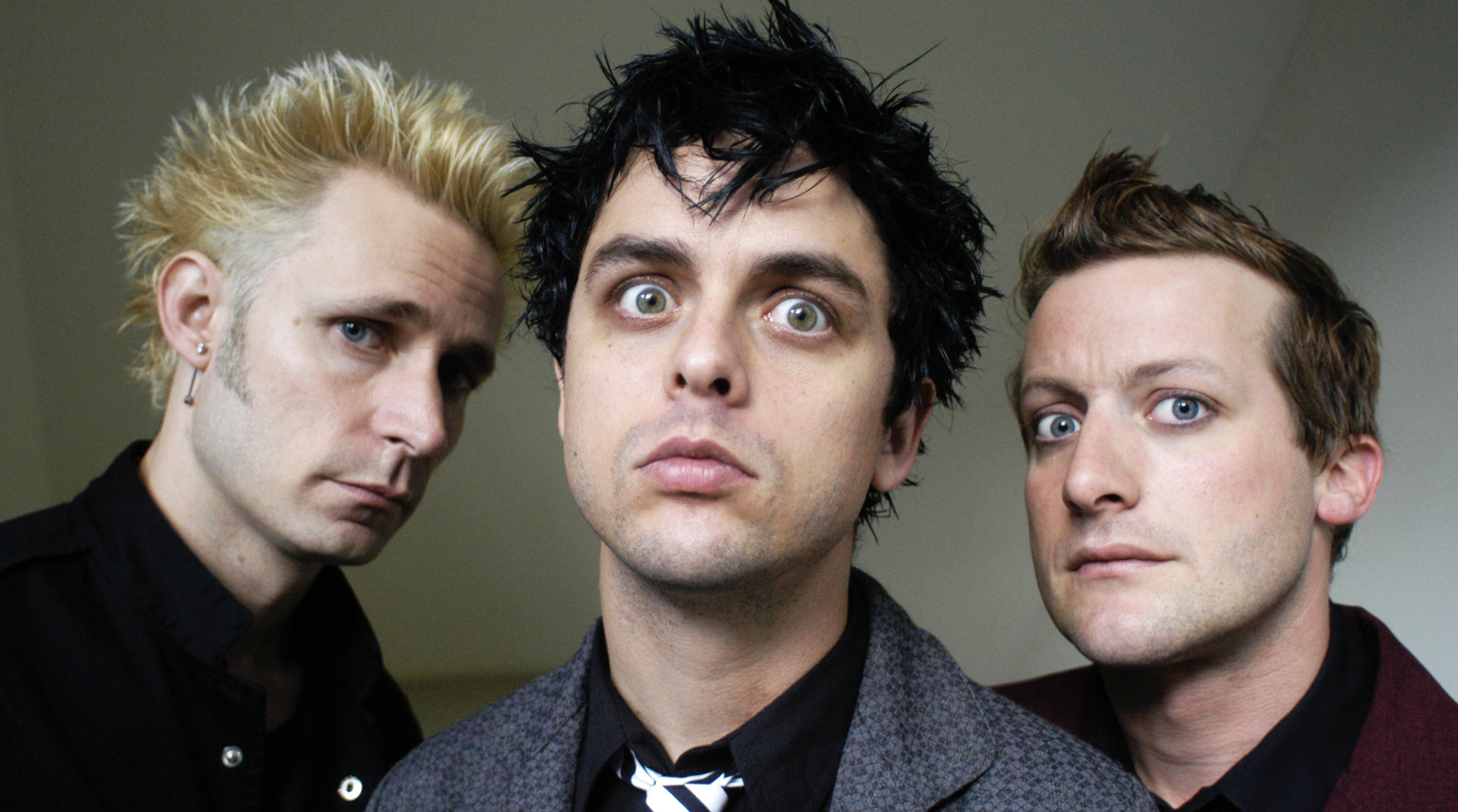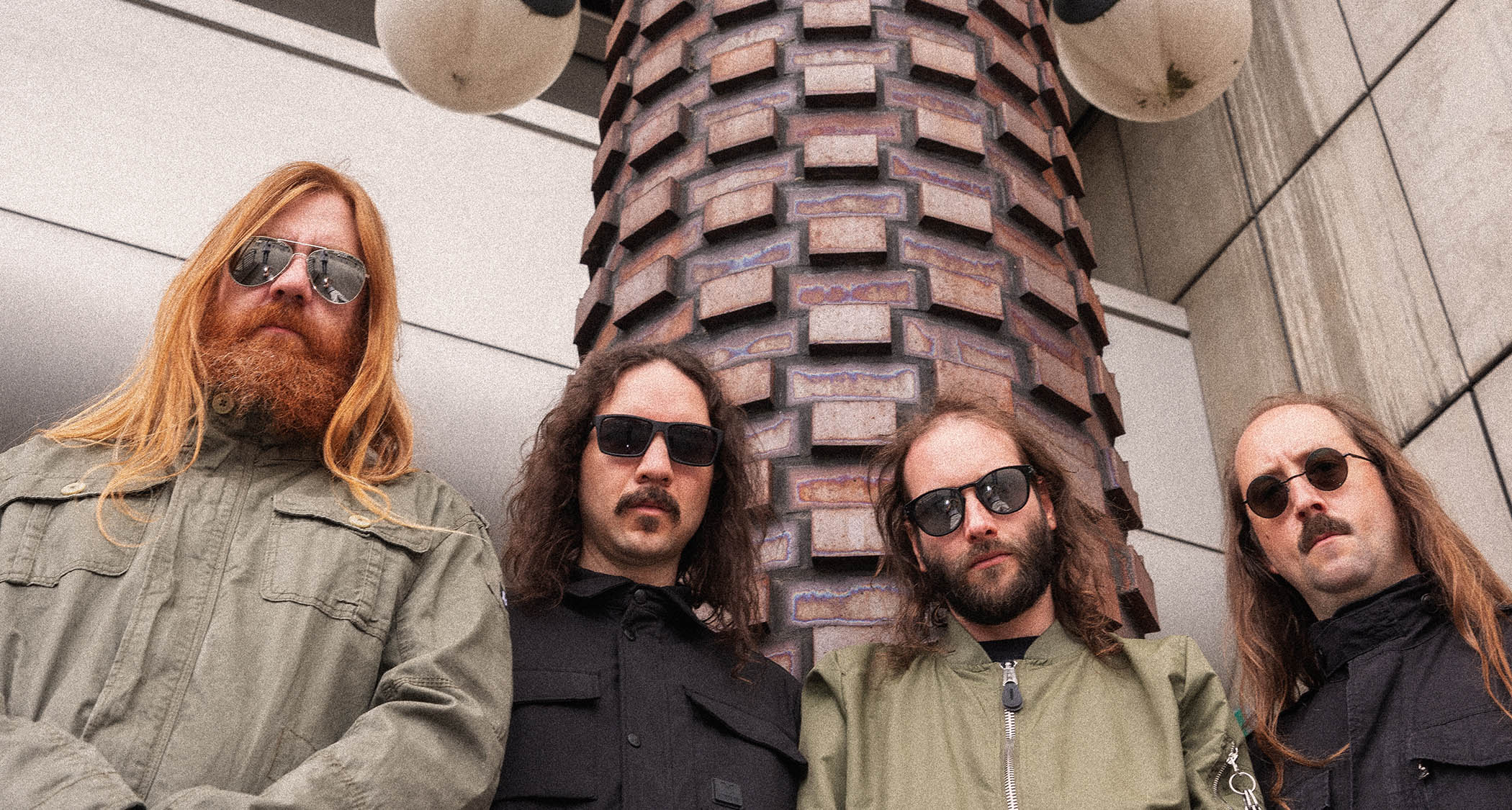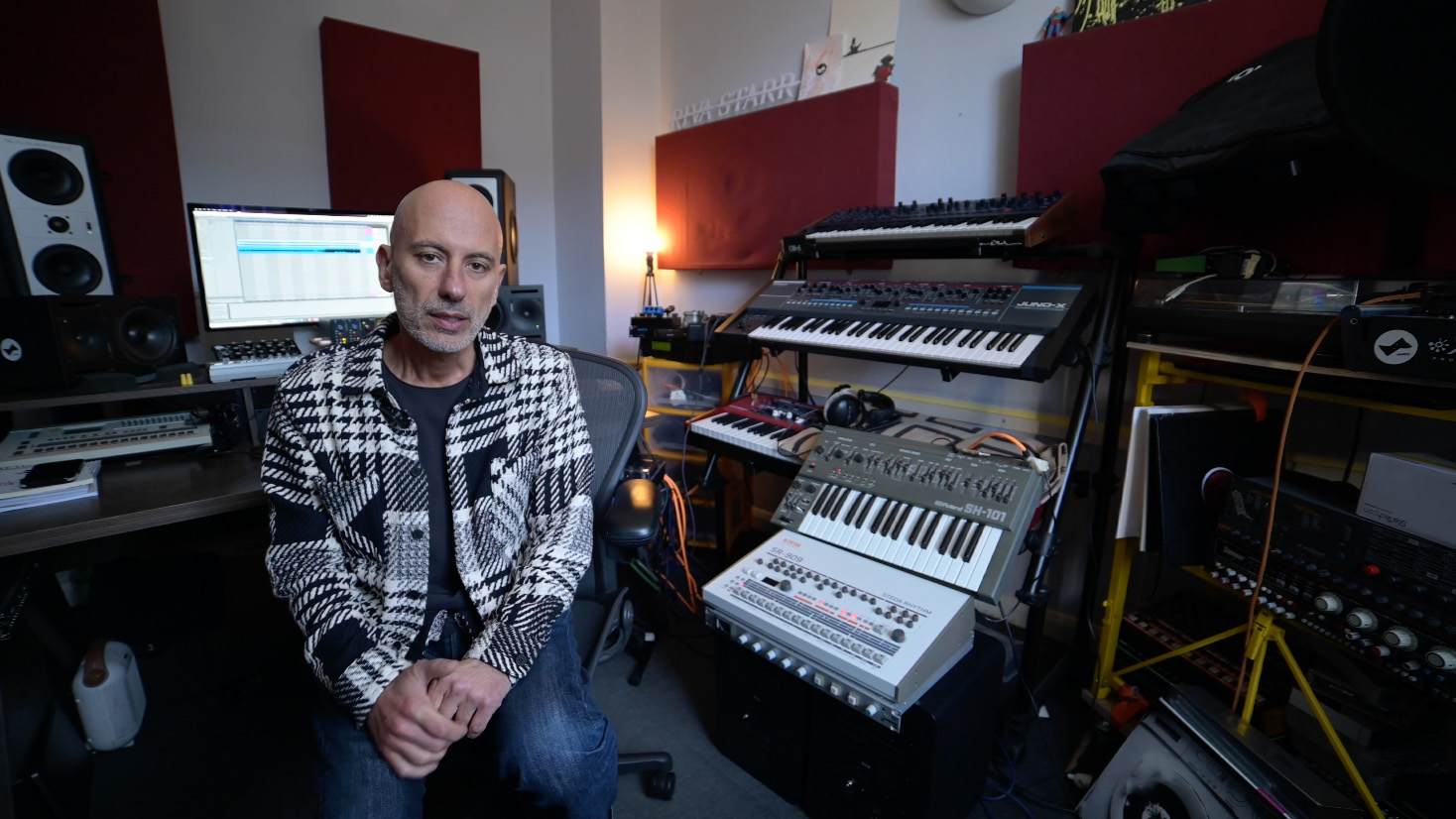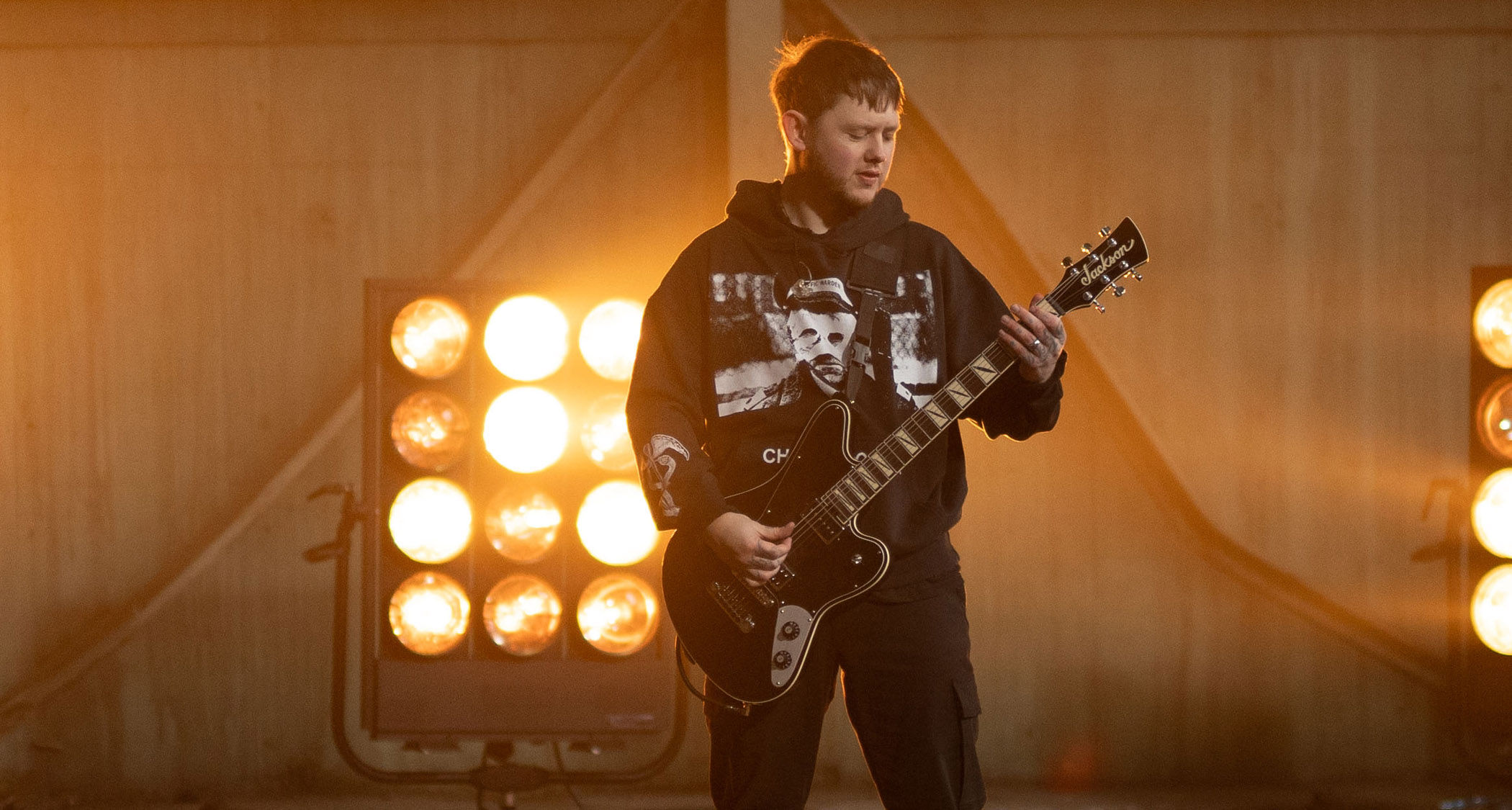“The less stuff you have, the easier it is to make music": Why Billie Eilish's When We All Fall Asleep, Where Do We Go? is a modern masterpiece
And it was recorded using mostly Logic stock plugins and a cheap set of Yamaha monitors
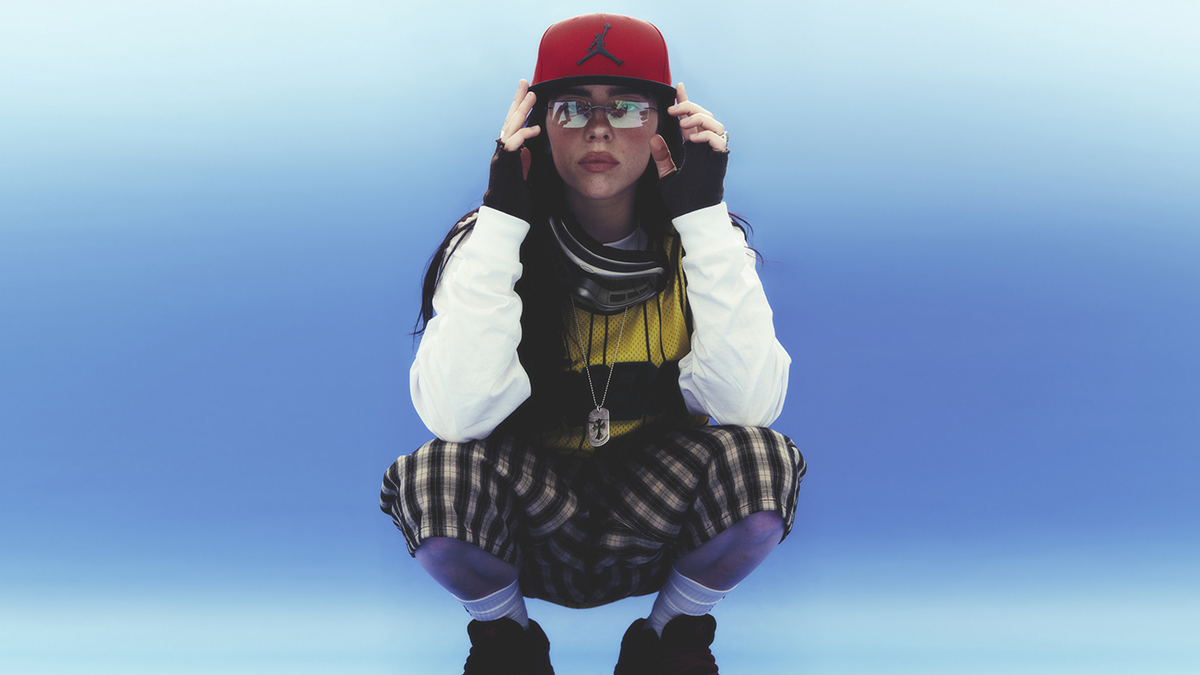
Billie Eilish and her brother Finneas O' Connell have given hope to producers the world over by letting their music do the talking in an era when quality so often takes second place to image - and where the brand can be more important than the band. Their work not only proves that genuinely great music can still sell records, Eilish and O' Connell have shown how a totally DIY and low budget ethos can help make it possible.
Yes we all know you can use the internet to promote your music, and yes we all know you can make pro-sounding music on a cheap computer, but no-one has really shown us how quite like Eilish and O' Connell.
Eilish's debut album When We All Fall Asleep, Where Do We Go?, co-written and produced by Finneas, is estimated to have sold some 10 million copies worldwide. It hit number one in more than 20 countries, spawned at least four multi-platinum selling singles (from seven released from the album), won multiple Grammys, and made Eilish a global superstar at just 17 years of age. And, it was all recorded in a bedroom.
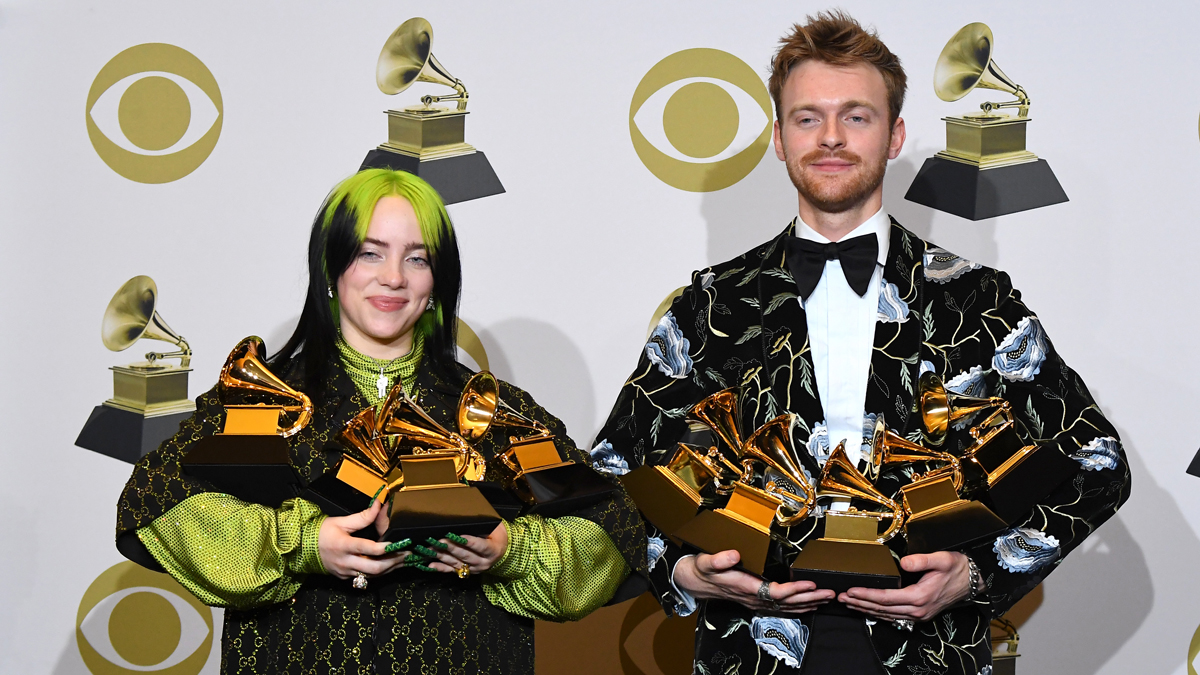
This was not one of those 'bedroom studios' which was secretly more tantamount to a pro studio, but an actual bedroom with a bed, just using a computer running Logic, a UAD interface and a set of Yamaha monitors.
Just four people are credited on the album: Eilish, O' Connell plus mixing engineer Rob Kinelski and mastering engineer John Greenham. Like we say, this album gives hope to anyone and everyone who wants to make it in music. Got a computer with an internet connection? You too can be a star.
Eilish first used the internet for musical gain – perhaps unwittingly – with the track Ocean Eyes which she uploaded to SoundCloud in 2015 after having uploaded another couple of early Finneas collaborations, She's Broken and Fingers Crossed. Ocean Eyes blew up and a year later Eilish and O' Connell found themselves with a deal on Darkroom/Interscope Records.
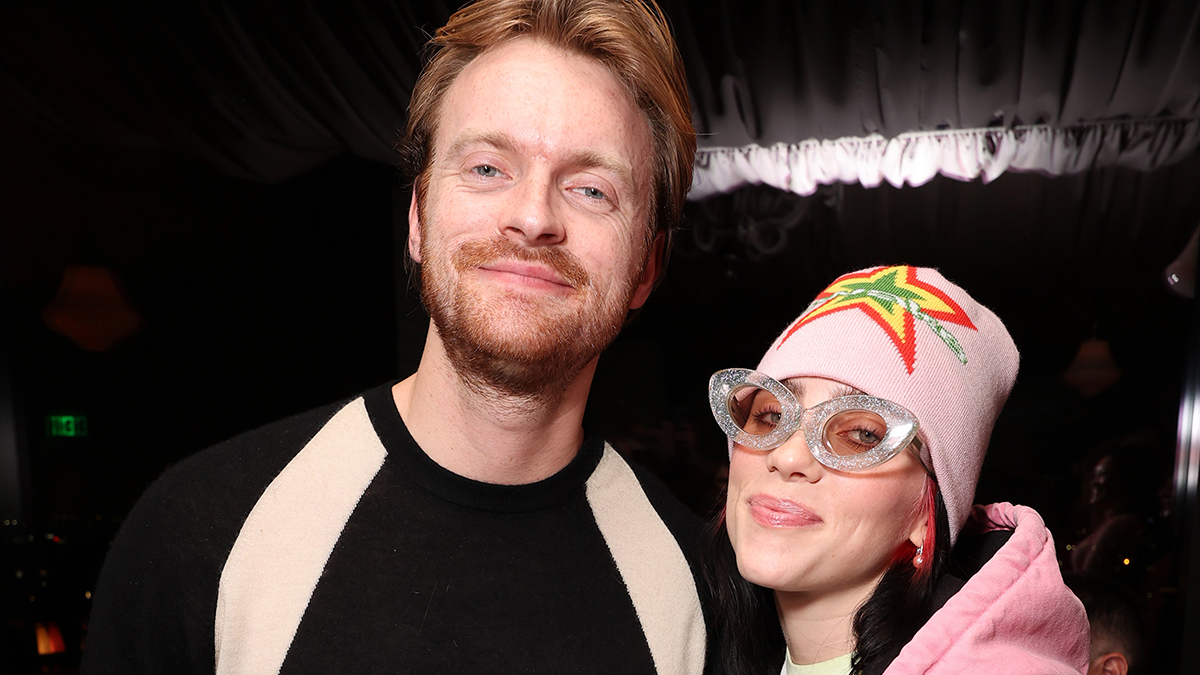
It's true that a team of people then got involved in the story to help move it and Eilish's career, onto a supersonic trajectory - Spotify deals were done, videos made, and images tweaked - but the music was at the core of it all, and this remained very much her and Finneas's domain, more specifically within projects in his Logic folder.
The 2017 debut EP Don't Smile At Me charted on both sides of the Atlantic leading to live shows that would help build a fanbase, and suddenly Eilish and Finneas would find themselves with an album to create in that bedroom studio.
The minimal studio setup
“People have put a lot of emphasis on that room as part of our lineage,” Finneas told Mixonline in 2020 when asked about the now infamous bedroom studio where the duo recorded all of their early songs, and the tracks that formed When We All Fall Asleep, Where Do We Go?.
But while they were clearly using the room because it was cheap and easy (it was in the family home in Highland Park, Los Angeles where they grew up) it did have some decent acoustic properties for recording, particularly vocals. “The bedroom has a very specific sound,” Finneas said, “very tight and intimate and closed and quiet. I love the way it makes vocals sound. It was lovely to make an album there, but I think it’s really important to work wherever you are, or wherever you have your tools.”
Those tools comprised a Mac running Apple Logic Pro, a Universal Audio Apollo 8 interface, plus a pair of Yamaha HS5 monitors along with an H8S subwoofer.
And, that was it. Eilish would sit on the bed to record her vocals using an Audio Technica AT2020 (as used on Ocean Eyes) and later a Neumann TLM 103a on which Finneas commented: “I recommend the TLM 103 to anyone; it’s such a good microphone”.
He would use third-party plugins for some keyboard sounds, in particular Spectrasonics Keyscape. “It’s amazing,” he said, “especially the Dark Indie upright pianos. My piano in my parent's room is not situated well for recording. It’s more fun to write on it, then record on a MIDI keyboard, especially because I like tweaking MIDI parts, changing and perfecting them.”
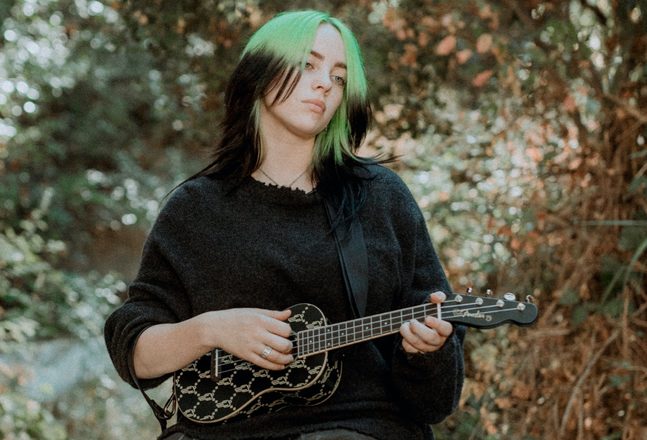
However, Spectrasonics aside, most of the plugins Finneas used on When We All Fall Asleep, Where Do We Go? were actually those that came supplied with Logic, as he revealed when discussing some of the vocal effects used on the album.
“It’s really good at making a vocal sound crazy and unique,” he said, describing the DAW’s Vocal Transformer plugin. “It’s not necessarily the most intuitive plugin, but if you twiddle the knobs and change some dials, it makes things really interesting."
Finneas continues, "that’s the plugin I use on Bad Guy for the ‘rattlesnake’ vocal. I also use really harsh tremolo a lot. It’s set to zero percent smooth, so it’s chopping the signal, and I’ll set it to eighth- or sixteenth-note values, then set the depth.”
Get the MusicRadar Newsletter
Want all the hottest music and gear news, reviews, deals, features and more, direct to your inbox? Sign up here.
Overall, then, it's obvious that Finneas is not a huge advocate of buying gear for the sake of it, and that is perhaps the other big story behind When We All Fall Asleep, Where Do We Go?. It is not just about an album recorded in a bedroom, but one where gear choices were at a minimum, a limitation that seem to have helped the end product.
"I always encourage people not to think that they have to spend a lot of money on gear,” Finneas told Sound on Sound in 2019 . “The less stuff you have, the easier it is to make music. I also think it's really cool that people realise that Billie and I did the music, just the two of us, and that I am recording and producing all her stuff, because it may make them feel powerful enough to create their own music."
He later extended this theory in his interview with Mixonline: “When I was starting to make music, I thought I had to pay a bunch of people to do all my things professionally and that that would be the only way I would ever have any success. It’s really important for kids to not think that there’s something intangible and out of reach for them. The truth is that you just have to make a song that people like.”
Mixing the album
After creating tracks for the album and getting them to a level Eilish and he were happy with, Finneas would send the stems off to mixing engineer Rob Kinelski, and then mastering engineer John Greenham.
“Everything that I’ve sent that he [Rob]’s mixed is pre-compressed and pre-panned, and all the reverbs and all the delays are pretty much already there,” Finneas said. “I’m not looking for Rob to ‘fix’ anything; he just makes it a little more balanced, because everything comes out of my bedroom at my parent's house with too much bass. Rob and our mastering engineer, John Greenham, make sure our stuff sounds good everywhere.”
Rob Kinelski confirmed this input in an interview on the Pensado's Place podcast, stating his main role on the album was, “don't get in the way of it. It was just a good flow. I was a new father and didn't have time to think about it. It was chaos in the house and I work out of my house which took me out of overthinking it.
“Finneas is brilliant, their records are so 'thought out' at every level already, and everything is intentional, so like I said, 'don't get in the way of it'. It's so 'ready' from Finneas and Billie – they know what they want.”
Rob was also asked about the plugin chain that he would typically use on Billie's vocal stems for mixing.
His overarching ethos was, “simplicity, because they send me a really full-sounding vocal, amazing material. I always use the [Waves] Fairchild plugin, a little bit of de-essing, a UAD/Neve 1073 and the Fabfilter Pro Q, and if I'm doing EQ with her it's mostly subtractive. I also use the Waves Vocal Rider plugin, very mildly. There's zero struggle when I work on their stuff.”
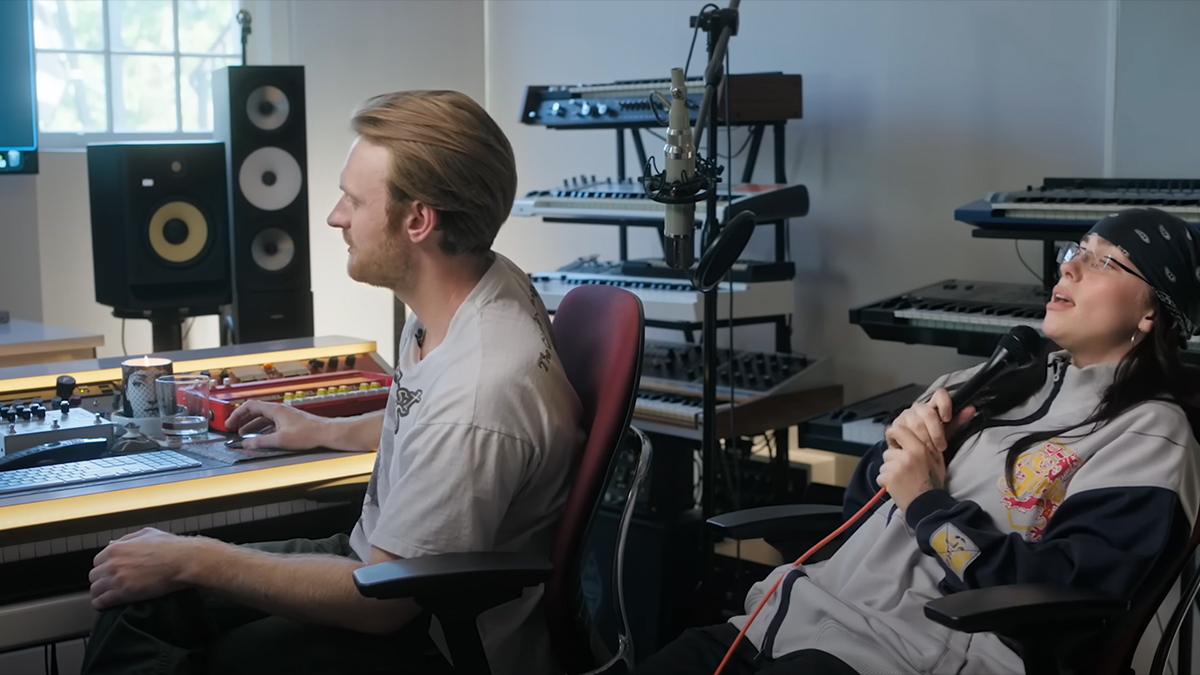
Track by Track Breakdown
1. !!!!!!!
The first track on When We All Fall Asleep, Where Do We Go? Is !!!!!!!, and was designed as a light-hearted introduction to an album with some dark material to follow, so is Eilish and Finneas laughing about her Invisalign tooth straightener; she would have to remove it before vocal takes. Finneas had recorded that audio so much he said it could become her signature sound.
2. Bad Guy
Then we're straight into the monster hit Bad Guy - a chart topper in 20 countries and multiple award-winner, yet incredibly the fifth single released from the album. “The greatest challenge was not overthinking it,” Finneas told Pitchforkabout recording the track. “I thought I was blowing it by having that instrumental pulse chorus. Billie had written all of the lyrics for the outro of the song and I loved it. She was recording it in her bedroom and had her Yamaha HS5s and and HS8 sub on shelves and they were rattling the entire room. They sounded insane. The breakthrough was understanding that the two different parts of the song could be smashed together and would make it way cooler.”
3. Xanny
Xanny then sums up a lot of the production values on the album, with delicate Eilish vocals backed with huge distorted basslines while the vocals themselves are heavily affected during both chorus and verse. It's a lesson in understatement with a stripped back arrangement but, you suspect, many, many vocals tracks and takes. It's also the song where Finneas decided to hold back on quantisation: “I stopped quantising most of the things I played on this album, because I like the human element,” he told Vulture in 2019.
4. You Should See Me In a Crown
The first single from the album, You Should See Me in a Crown, is next and we take a step left to trap but still with the now distinctive heavy bass, lead vocals and multiple backing vocals all hanging around the title of the song as the main hook.
5. All the Good Girls Go to Hell
Sixth (yes you read that right) single All the Good Girls Go to Hell then follows and is one of the jauntier tracks on the album, yet about the bleak subject of climate change and how it has affected California in particular.
6. Wish You Were Gay
With some controversy over the title – although the song was actually written about rejection – Wish You Were Gay follows the now quirky arrangement formula on When We All Fall Asleep…, with Billie's vocals taking a clear lead, and Finneas throwing odd-ball samples, beats and acoustic guitar at the mix. And why not throw a bit of distortion in there too?
7. When The Party's Over
This album highlight was understandably chosen as the second single. ”We knew we wanted it to be almost entirely vocal,” Finneas told Pitchfork. “Another instrument doesn't come in until like a minute, until the first chorus, a sub bass. It's three instruments: vocals, sub bass and acoustic piano.” That said, he did then admit there were around 100 vocal tracks with, “stacks of each layer of each harmony part, stacks of the doubles lead vocal, stacks of every harmony of the lead vocal, weird processed ad libs. We worked on it for weeks and weeks.”
8. 8
Eighth track, '8' is certainly one of the growers on the album, with a Billie vocal that goes from childlike to grown up and back - we like to think using a plugin like Little AlterBoy - with a simple strumming guitar tying it all together and some more vocal trickery on the chorus. By now we're starting to wonder if this album really was created by a 17 and 22 year old sister and brother… pure genius.
9. My Strange Addiction
Featuring samples from The Office (US) - Billie is a huge fan - My Strange Addiction is one of the certified platinum singles from the album and one of the most 'pop', and also one of the few tracks to feature an extra credit with Casey Cuayo taking up assistant mixer duties.
10. Bury a Friend
Next up, Bury a Friend is notable as being not just the third single from the album - not to mention one of Eilish's signature tracks - but also the song the duo were working on where the tonal shift of the album went into what Finneas calls “a more violent space”. The darker themes are prominent here, with him telling Pitchfork, “all of the percussion in Bury a Friend, all of the super, blown out distorted vocals, the crazy alarm sound at the end of that song, they are all sounds that are kind of jarring, kid of unpleasant, a little bit ominous."
11. Ilomilo
Seventh and final single Ilomilo is another stunner production wise, with several vocal effects introduced between verse and chorus, an insistent electronic backdrop keeping up a frantic atmosphere, yet that arrangement keeping up the sparse theme of the album, and working all the better for it. Once again, the maturity of the sound is well beyond the years of its producers.
12: Listen Before I Go
Listen Before I Go maintains the twist in sound towards a darker feel started by Bury a Friend during the production of the album. “That was the biggest shift from wherever we had been before was these really dark textures and dark sounds,” Finneas told Pitchfork, before revealing that the intense bass in the middle of the arrangement that is at odds with the 'pretty' song was, a 'crazy, distorted bass that I play on a thing called a [ROLI] Seaboard.'
13. I Love You
By now you realise that only Eilish and Finneas could get away with writing a beautiful acoustic song called I Love You, and then pepper the second verse with samples from a plane. “The whole second verse is about sitting on the tarmac in a plane,” Finneas said. “You know when you press the button on the roof of the plane to summon a flight attendant and it goes 'do do'? I took that and pitch shifted it into all of the chords in the second verse.”
14. Goodbye
Final track Goodbye is all about the vocal harmonies, a fitting end to a stunning debut release, and along with I Love you represents the end of the album story according to Finneas: “I love story arcs,” he told Vulture. “I love things that have a conclusion. So I really love that this album finishes and it has this kind of farewell to it. Even I Love You is kind of a farewell in a certain way. That was really important to me."
The legacy
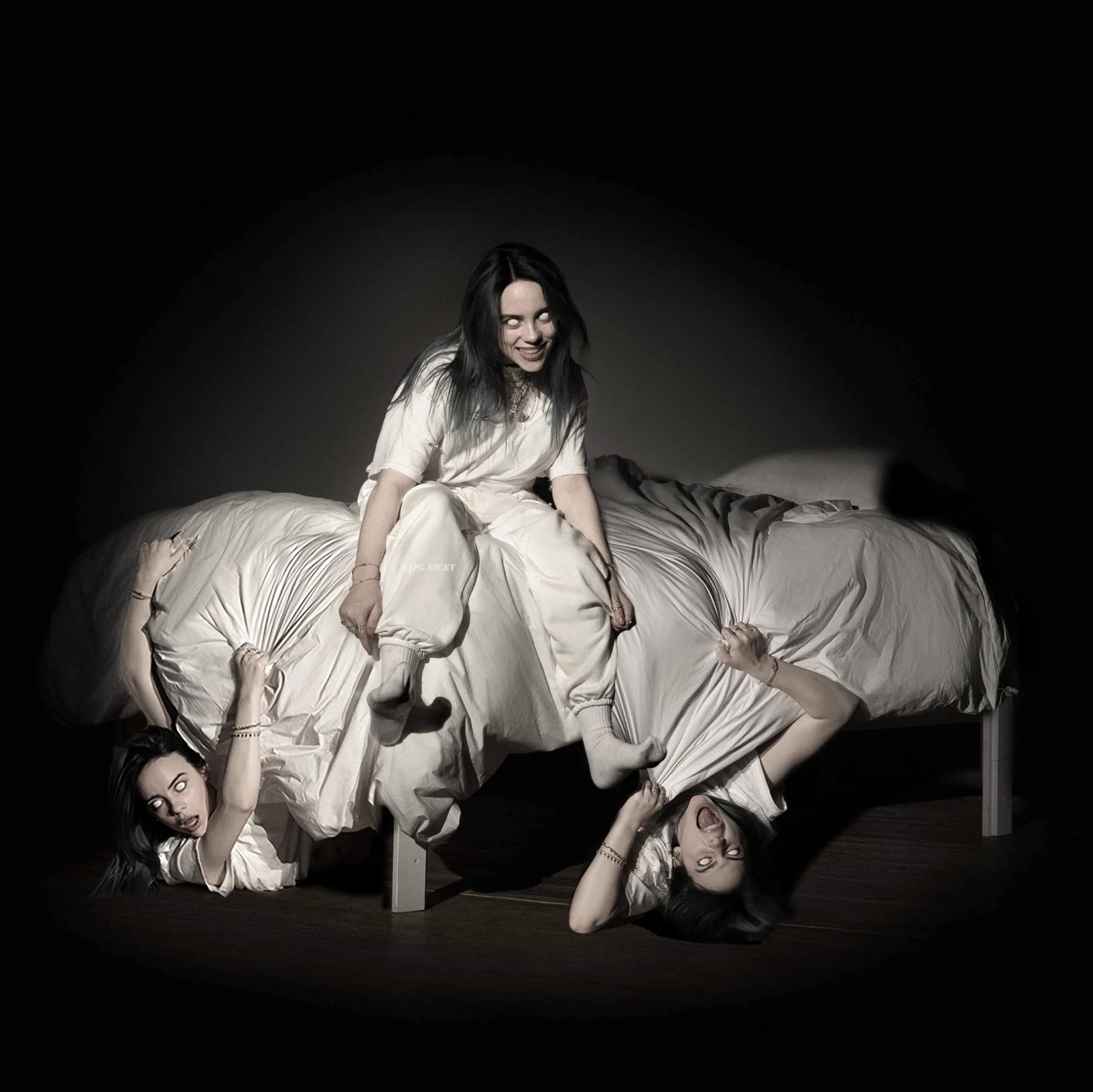
The story of When We All Fall Asleep, Where Do We Go? is extraordinary, then, and one where the song wins over the studio, and the vocal genius over the plugin.
There's no doubt that its production story also shows that the people were the most important part of the album, Billie Eilish and Finneas driving it at a ridiculously young age, thanks perhaps to an upbringing that allowed them the freedom to explore music, songwriting and production.
“We were homeschooled and there were these interesting elective, extracurricular classes that parents would teach,” Finneas told Music Week in 2024 “My mom is a wonderful songwriter and wanted to teach a songwriting class. My friends and I took it, and I just fell in love with songwriting.”
And while people and upbringing are both at the core of this most successful of albums, perhaps the biggest takeaway from Eilish's debut is that 'less is more' for everything: less plugins, less studio space, less instruments in arrangements, less songwriters, and less tinkering from layers of engineers and producers; as Finneas concluded to Music Week
“Obviously, some people are able to write these monster hits with six, eight people in the room and I’m happy for them. It’s just not the way that I like to write music. I don’t find that it makes a better song personally. The music I’ve always loved the most is the music that’s the most unedited, the most unmitigated – music that feels like it’s coming straight from the artists. And they don’t feel like artists who are letting a lot of cooks into the kitchen.”
Andy has been writing about music production and technology for 30 years having started out on Music Technology magazine back in 1992. He has edited the magazines Future Music, Keyboard Review, MusicTech and Computer Music, which he helped launch back in 1998. He owns way too many synthesizers.





